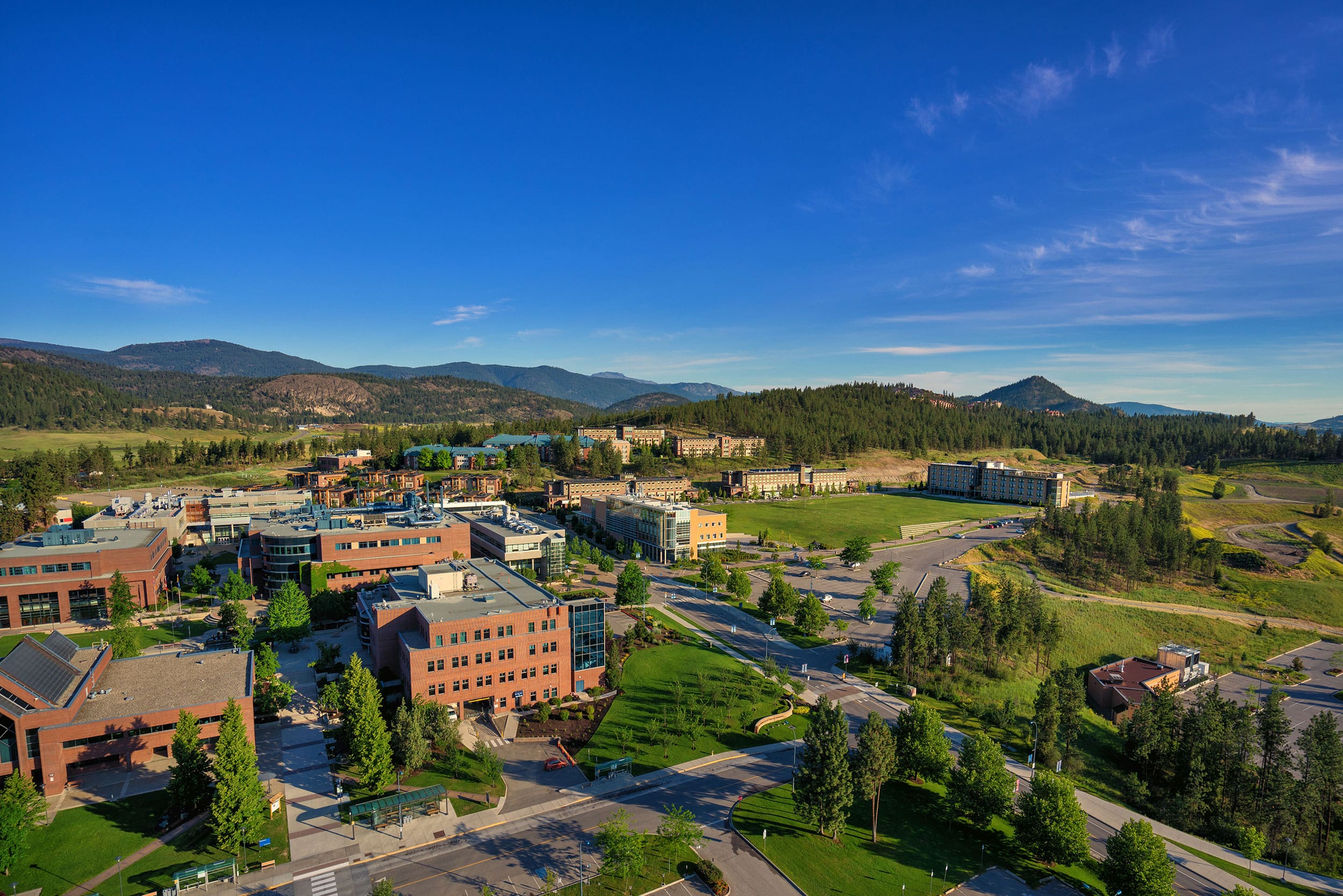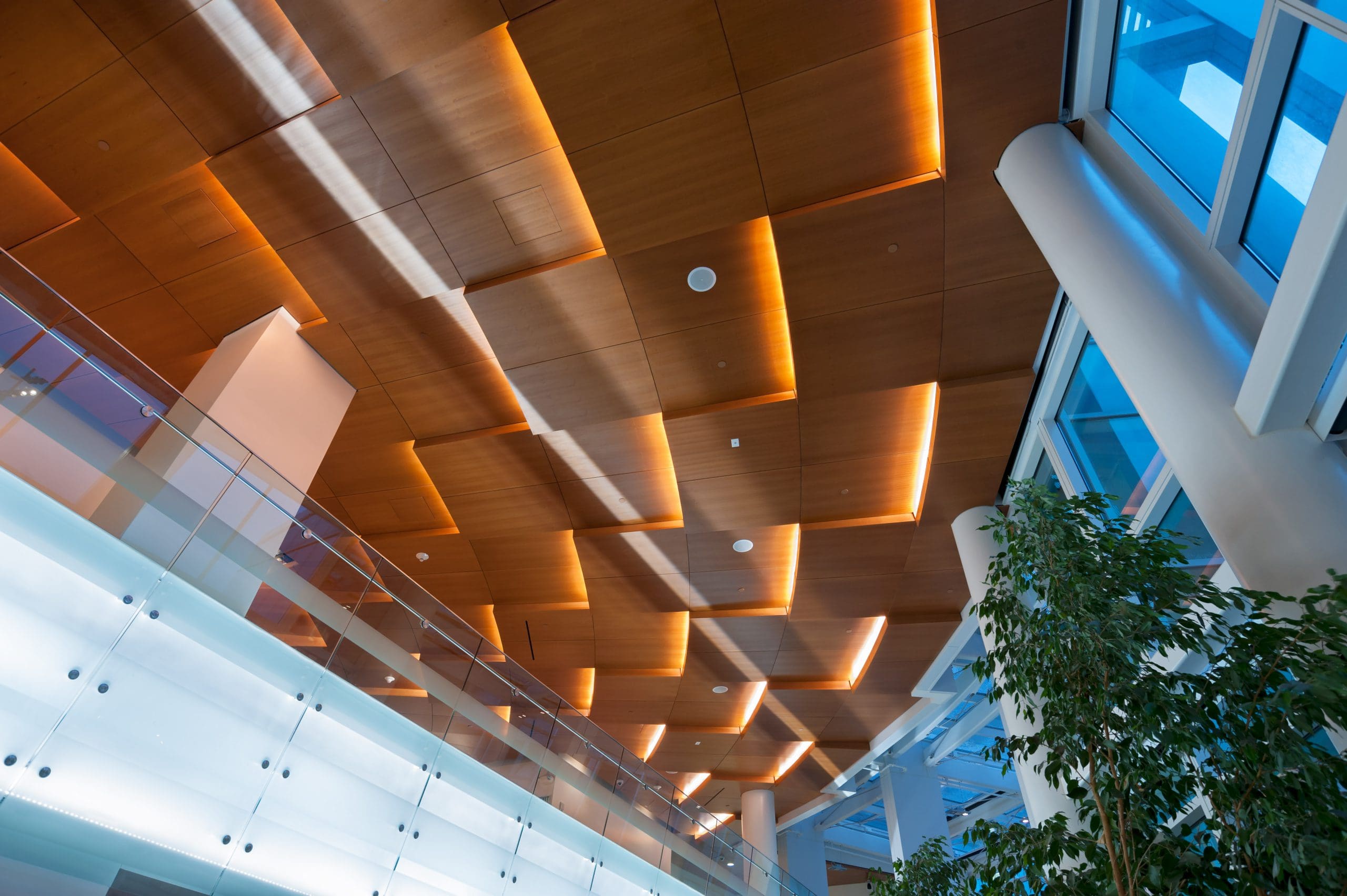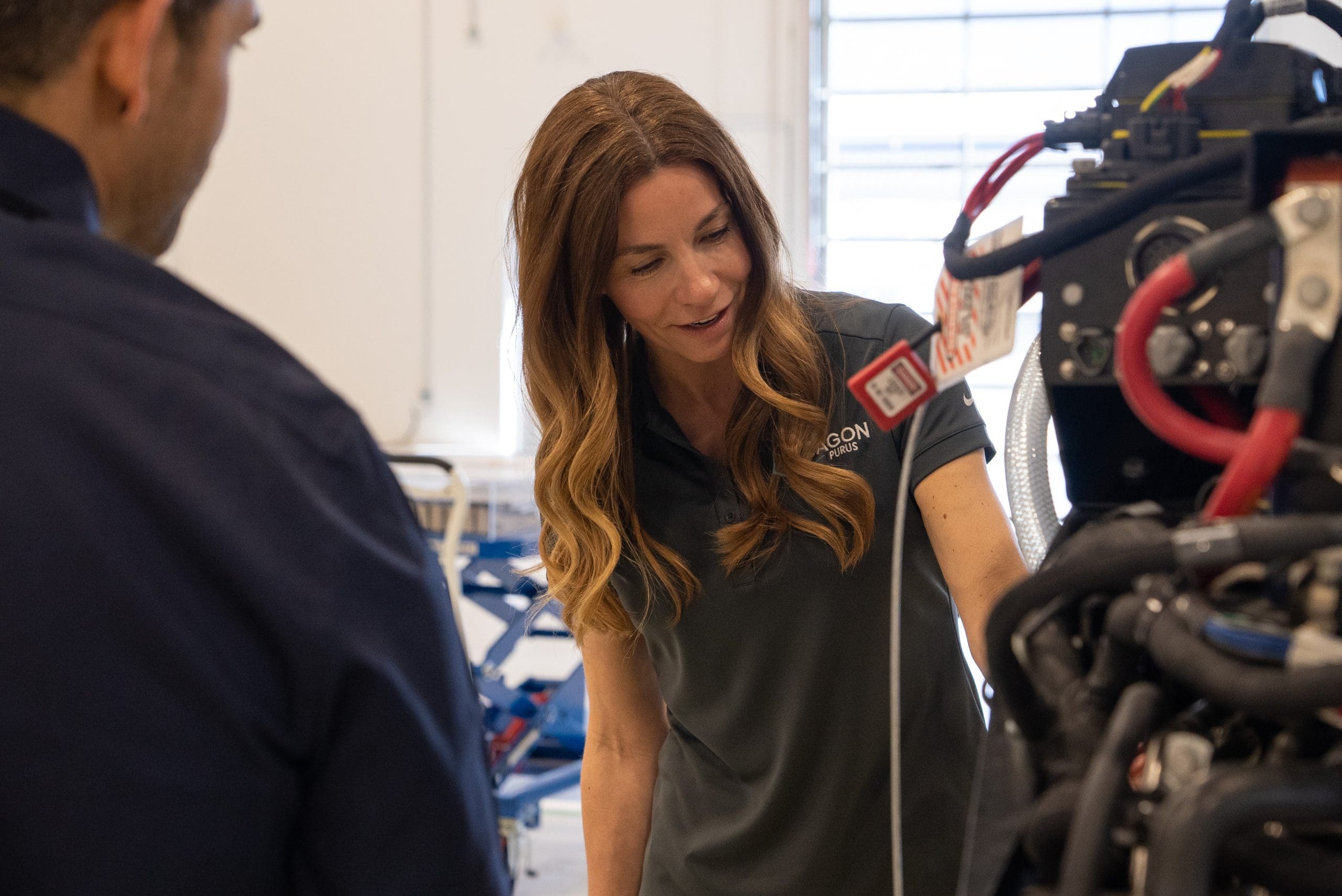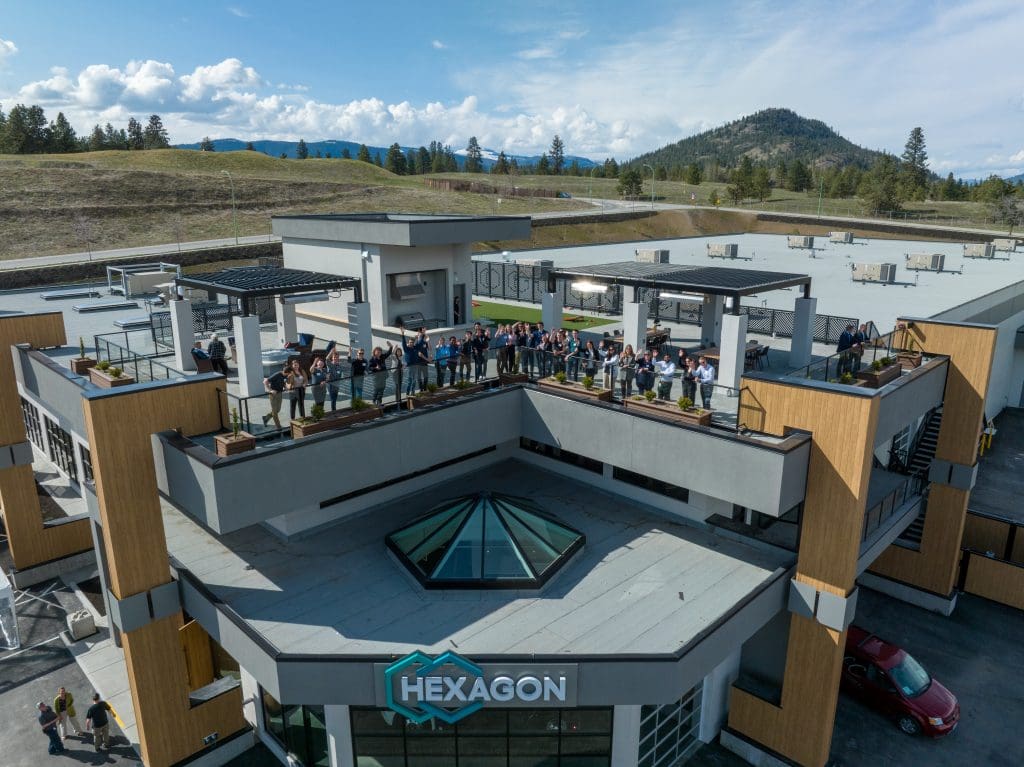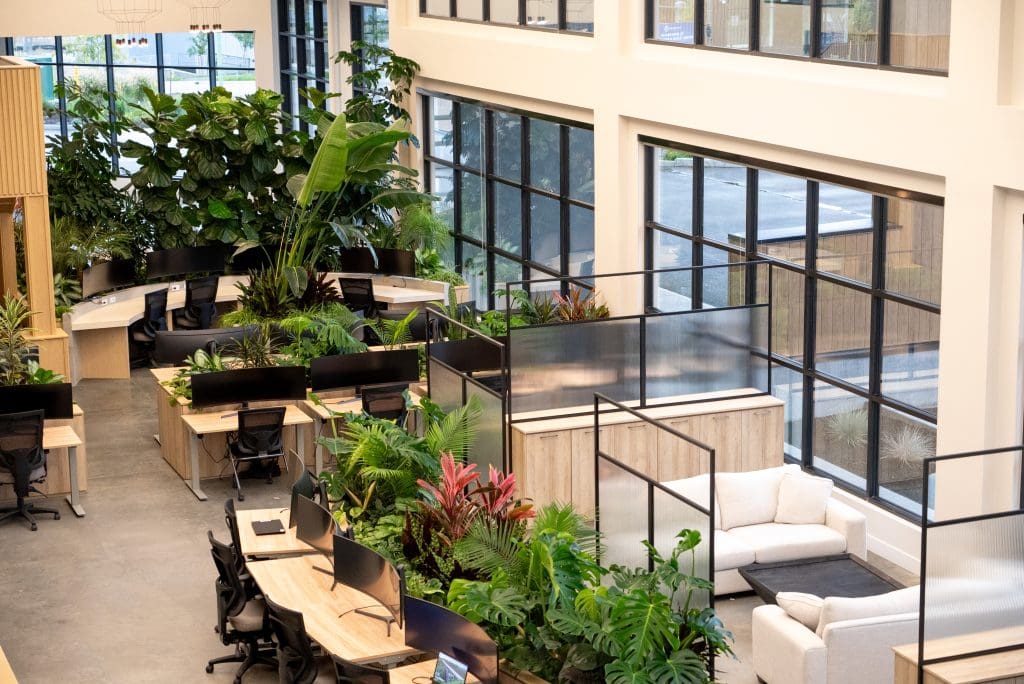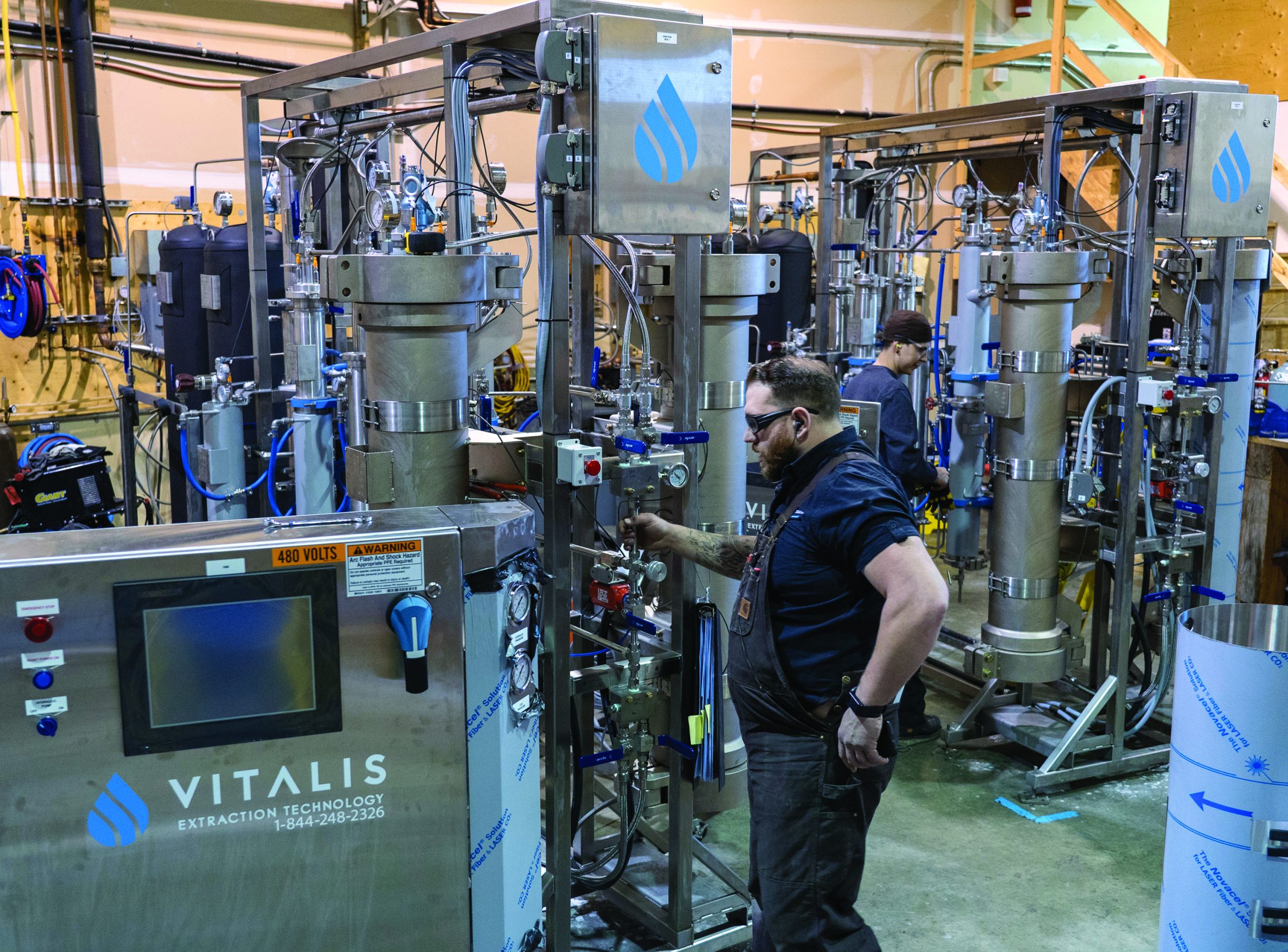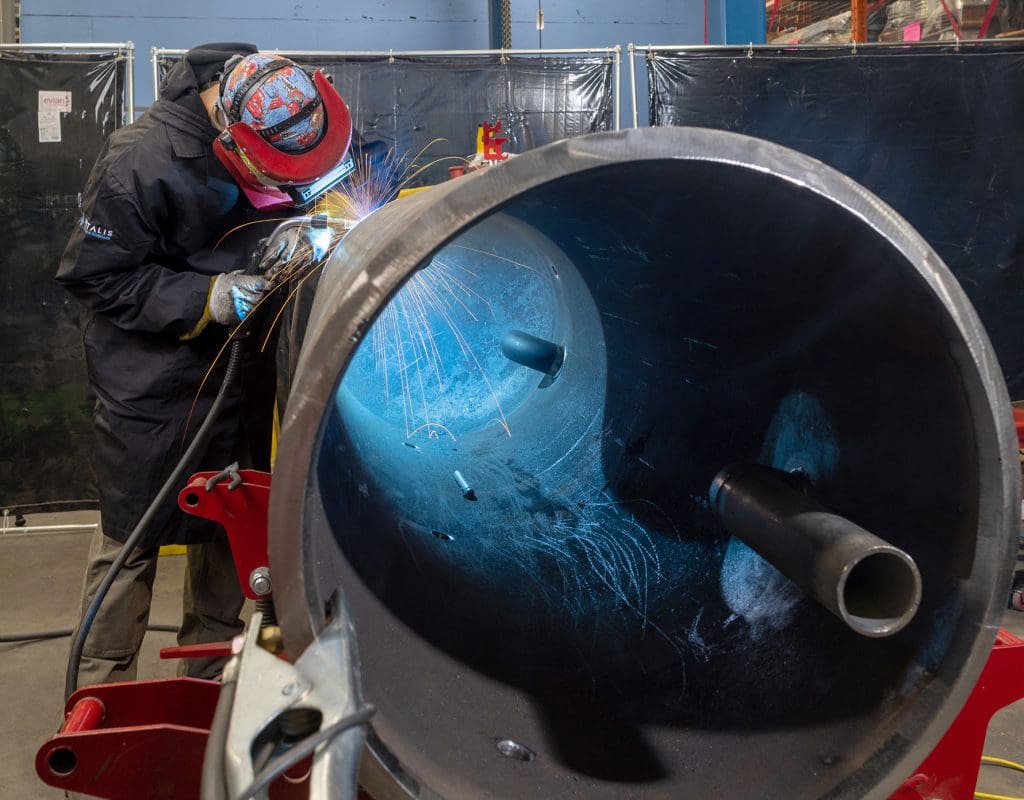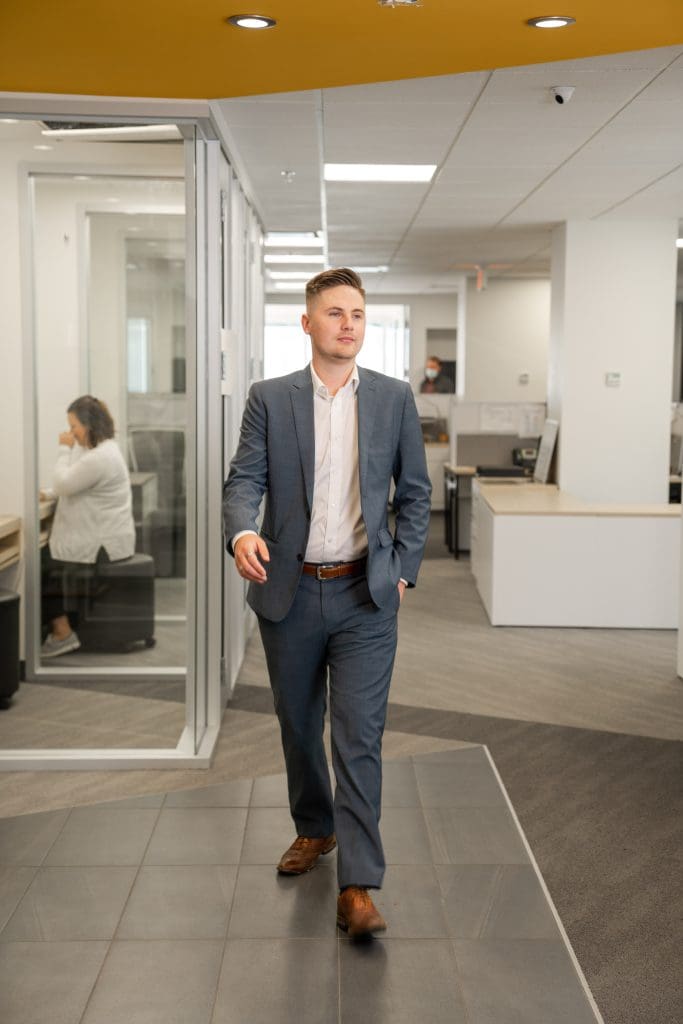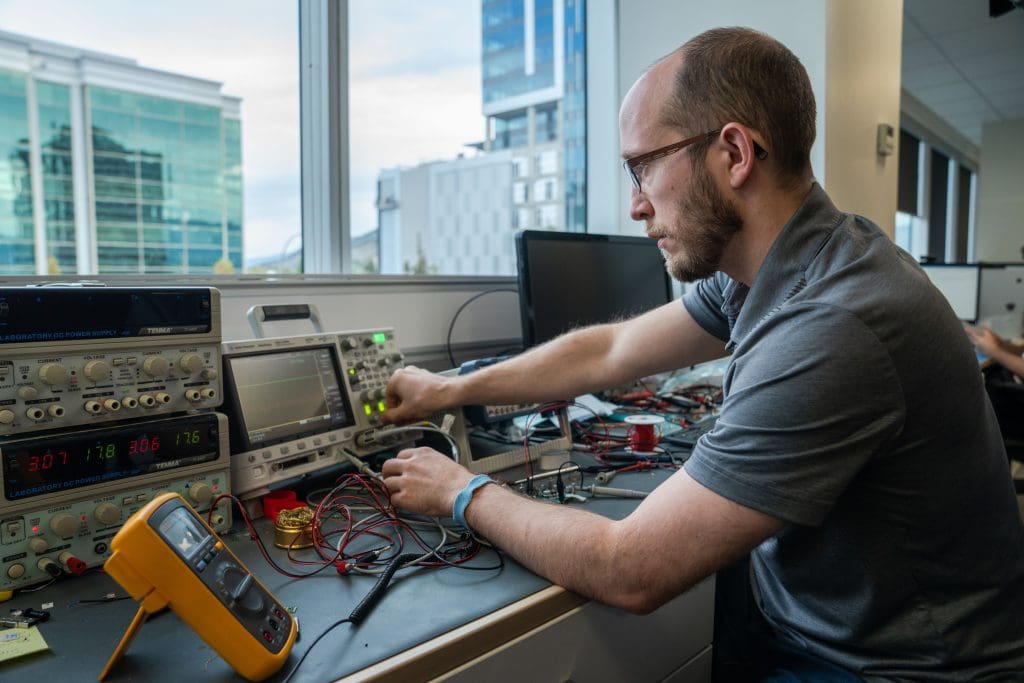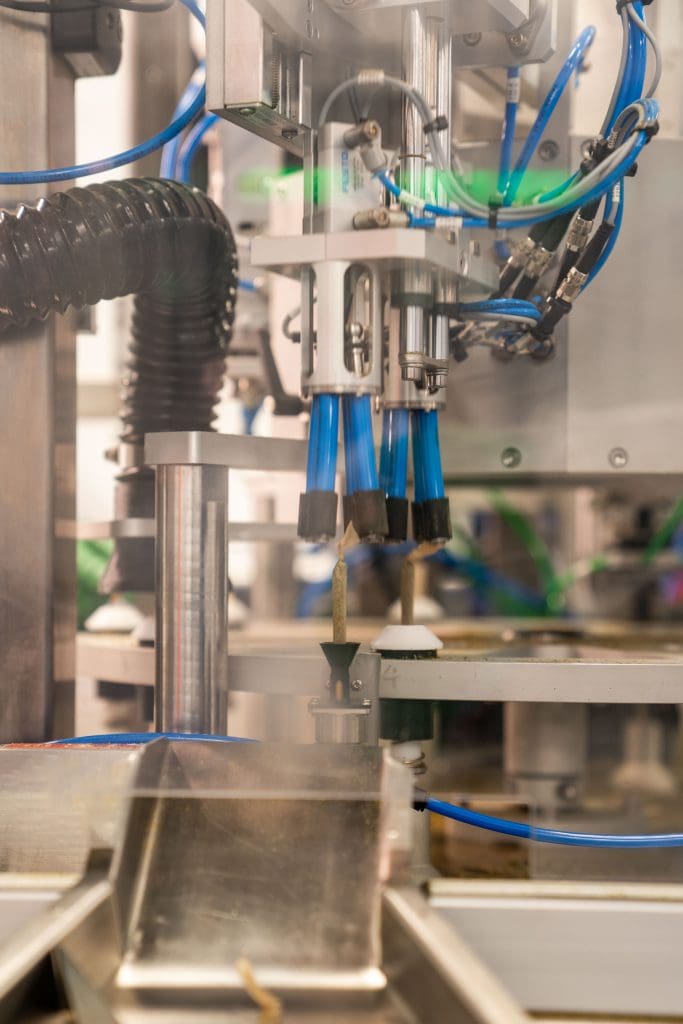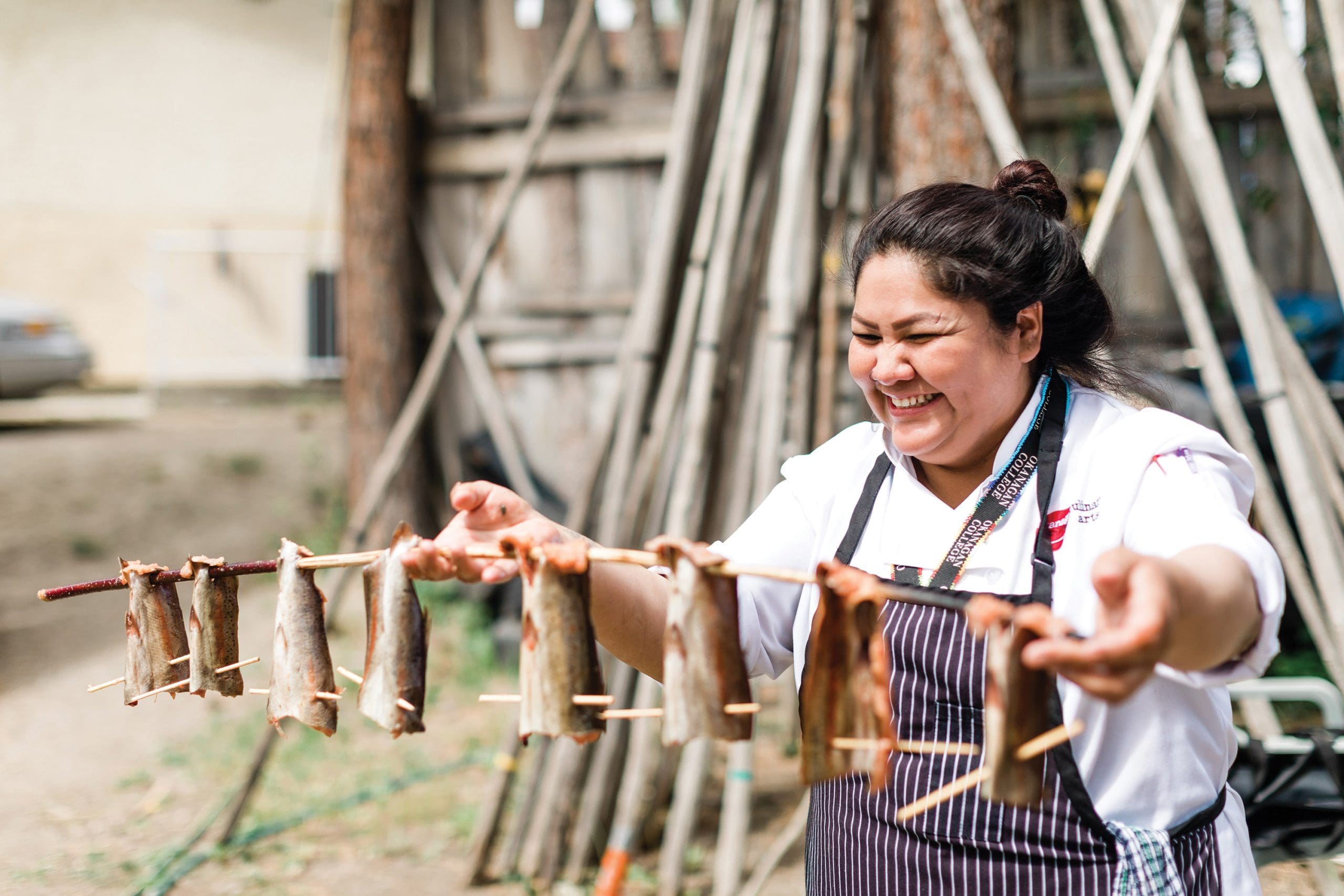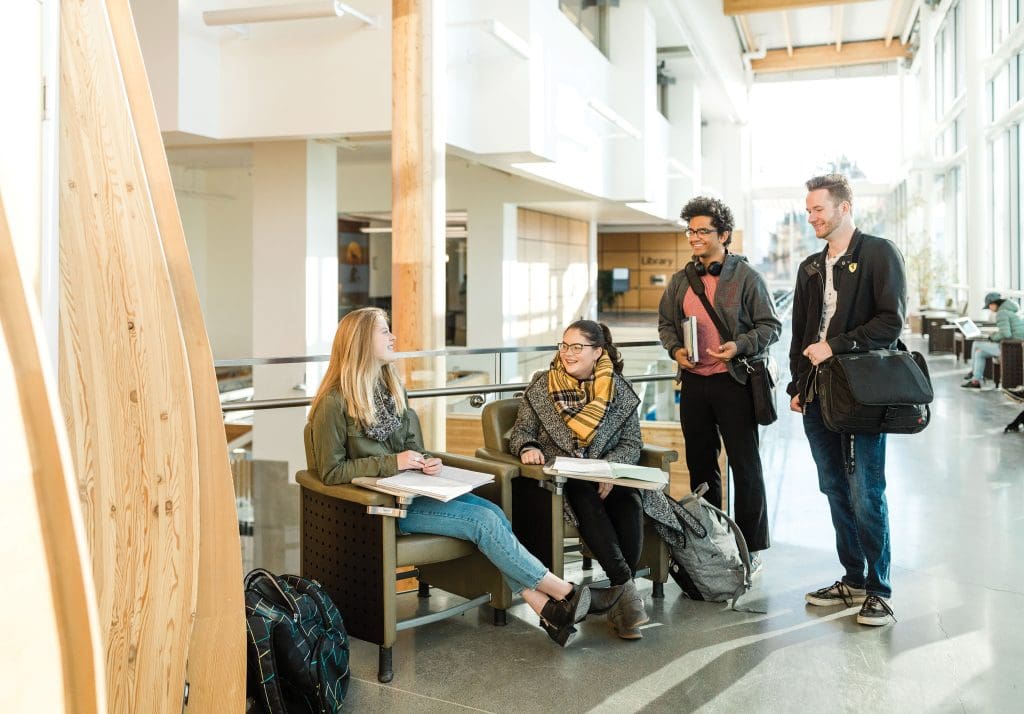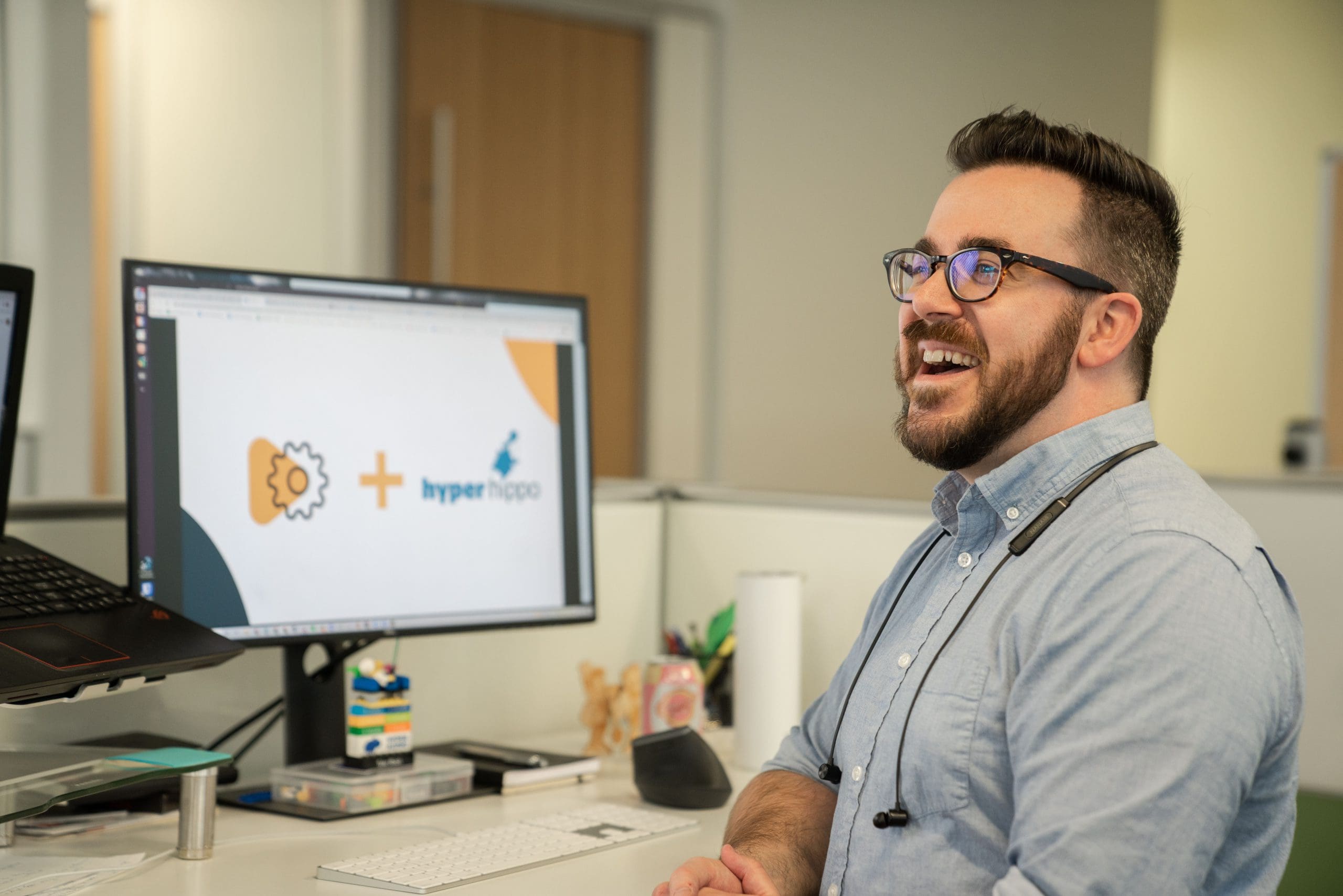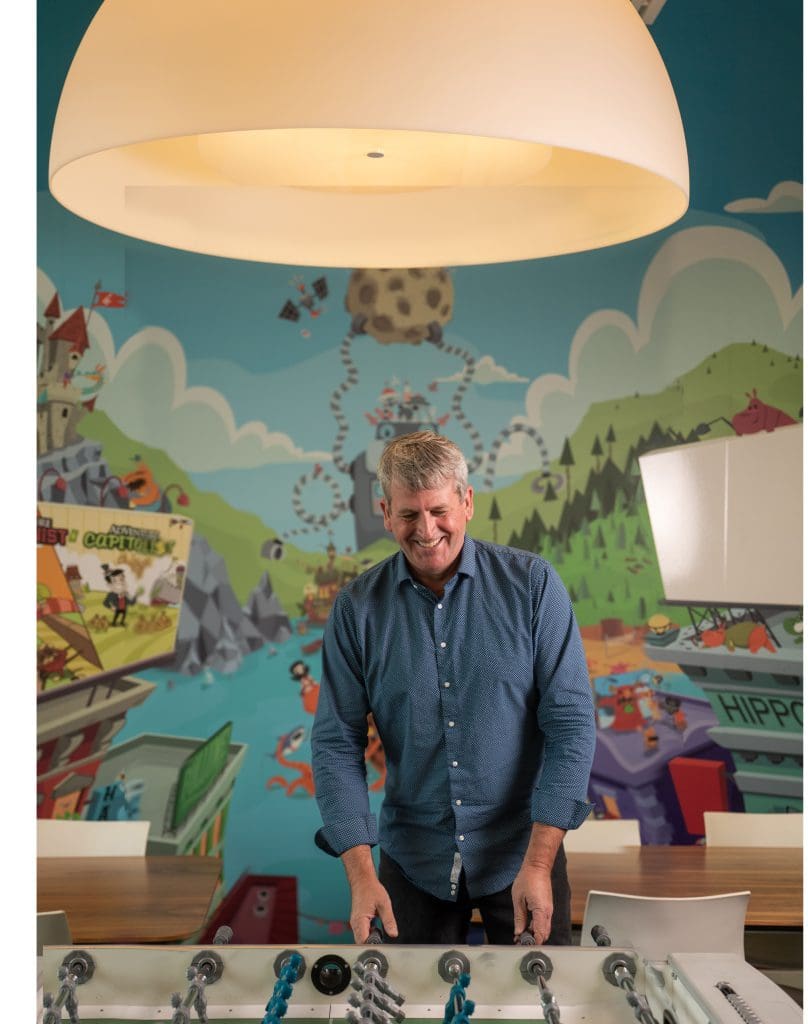Post Secondary
UBC Okanagan
With many of the hallmarks of a successful startup, including pushing boundaries, nurturing creativity, and fostering community engagement, UBCO has been cultivating and inspiring the next generation of entrepreneurs and innovators since opening its doors in 2005.
A Hub of Innovation in the Heart of the Okanagan
Each year, students from within BC, across Canada, and around the globe make their way to the Central Okanagan to pursue post-secondary education in a close-knit community at one of the world’s top-ranked universities. The University of British Columbia’s Okanagan Campus (UBCO), located in Kelowna within the traditional, ancestral, and unceded territory of the Syilx/Okanagan people, employs 2,000 faculty and staff who annually welcome nearly 12,000 students from over 100 countries.
“It’s an exciting time to be here in the Okanagan—and much of that excitement is driven by the reciprocal relationship between the region and the university,” says Dr. Lesley Cormack, UBC Okanagan’s Principal and Deputy Vice-Chancellor. “As we grow and develop together, both the region and the university are strengthened by one another; both enhance one another’s identity.”
UBC Okanagan (UBCO) students, graduates, faculty and researchers offer an essential contribution to the fabric of the local community, supporting and diversifying both industry and the region itself. The university directly supports several local industries, including clean technology.
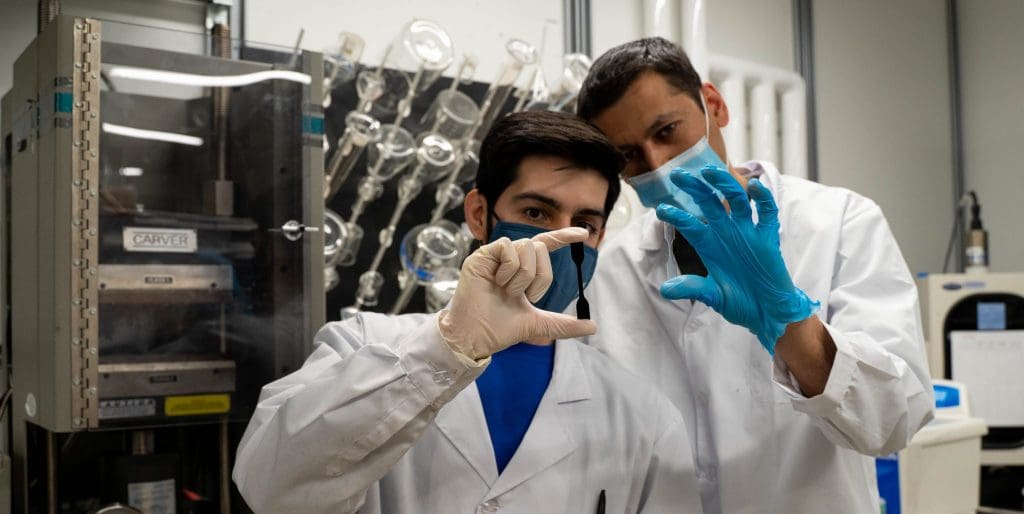
In 2022/23, UBCO attracted nearly $45 million in research funding to the Okanagan. In 2020, the Pacific Economic Development Canada (PacifiCan) provided $1.9 million in funding to help the university develop its innovative Cleantech Hub, where researchers and industry partners work together to develop new technologies and products. While the Hub works at advancing regional clean technologies, its sights are set on becoming a global cleantech contributor that helps Canadian companies further their reach and supports Canada in achieving its carbon elimination goals.
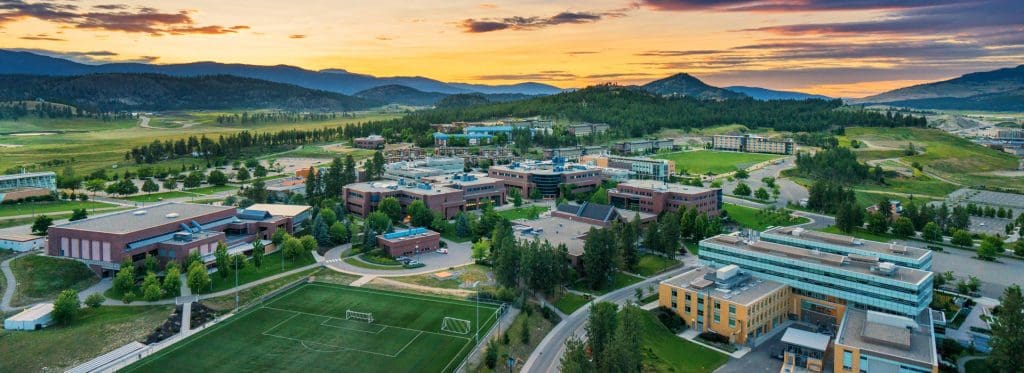
“We’re proud of our research partnerships with business and community organizations who are also growing along with our region. With over 1,000 active research projects, UBCO’s researchers are helping investigate a multitude of industry and community challenges,” says Dr. Cormack. “This includes everything from next-generative battery development alongside a leading local energy storage company to supporting municipalities with key issues like transportation, homelessness, waste, and water management.”
UBCO’s desire to collaborate also extends to Okanagan College (OC), elevating the research power of the region and providing students with opportunities that align not only with their own needs but with those of local industries, too.
“With both UBCO and Okanagan College embedded in our community, the Okanagan is punching above its weight,” notes Dr. Cormack. “For a mid-sized region like ours to have an outstanding college and a campus of a world-leading research university, it’s truly unique in Canada.”
Through a formal partnership, UBCO and OC have established a Green Construction Research and Training Centre (GCRTC), fostering innovation as students gain critical skills from hands-on learning opportunities. Collaborations within the industry have been established thanks to the GCRTC, contributing to economic development in the region.
